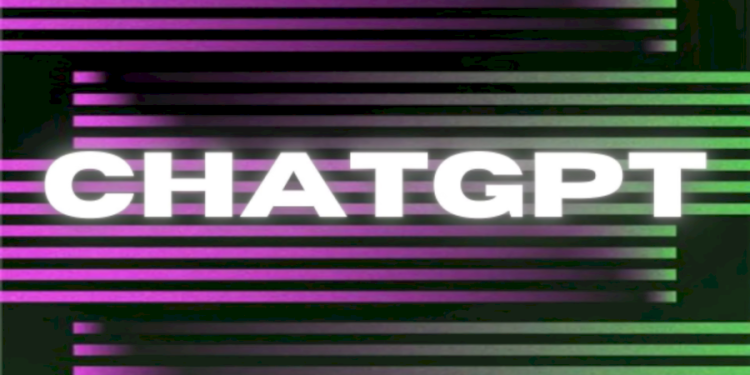Author: Nidhi Bhardwaj A platform for natural language processing called ChatGPT, which was made available on November 30th, garnered around 1 million users in its first week. The startup claims that this OpenAI ChatGPT enables users to have natural-sounding conversations with the bot. This bot amazes and confounds people with its ability to discuss everything from nuclear fusion to new year’s celebration ideas. What makes Chatsonic and ChatGPT comparable, exactly?
This time, Chatsonic was unveiled by Writesonic on December 12 under the slogan “Like ChatGPT but with Superpowers.” Unlike ChatGPT, this bot leverages Google search to deliver relevant, up-to-date articles on any subject, giving consumers access to updated information.
What distinguishes ChatSonic from ChatGPT?
Although ChatGPT is praised for its conversational style, its proficiency and knowledge are only up to Q3 2021, hence it is unable to connect to the internet.
I sent the following question to ChatGPT and ChatSonic, asking them to list the top five reasons Argentina won the FIFA World Cup in 2022. ChatSonic fared significantly better than ChatGPT in terms of providing accurate and in-depth responses to the question.
The main similarity between ChatGPT and ChatSonic is that both employ AI to carry out their duties. Chatsonic uses rule-based algorithms in conjunction with machine learning, whereas ChatGPT uses a machine learning-based approach to language processing.
This sets ChatSonic apart from the other in terms of comprehension and response, providing it a flexible advantage. Simply expressed, ChatSonic’s rule-based approach, in contrast to ChatGPT, enables it to handle more data with user input based on pre-defined rules and patterns.
ChatGPT can produce language that resembles that of a human being based on training data, but it may not always provide responses that are entirely natural or comprehensible. This is because the GPT model’s architecture places less emphasis on comprehending the complete meaning and intent of the text and more on predicting the next word in a sequence based on the context of the preceding words.
Contrarily, Chatsonic is designed to recognise user input and react to it in a more consistent and natural way. Using a combination of rule-based algorithms and machine learning, it comprehends the meaning and intent behind user input and can provide responses that sound more human and natural.
Should companies choose ChatSonic?
Built on the GPT-3.5 architecture, ChatSonic advertises itself as an enhanced iteration of open-source models and algorithms. The CEO of the business said, “We concentrated on preprocessing and postprocessing to make this chatbot interactive with updated Google knowledge,” in response to the analogy. Samanyou Garg, the founder and CEO of Writesonic, stated, “Our goal is to generate visuals, interpret user-related questions, and work on contextual solutions.
For companies wishing to enhance their customer support operations, ChatSonic is the best option because it has received training on customer service data. Additionally, handling client inquiries, helping with transactions, and facilitating website navigation are all made simpler by ChatSonic.
Live chat, email, and social media are just a few of the platforms that it is designed to interface with. The self-contained chatbot ChatGPT, on the other hand, can be utilised independently or in conjunction with other systems.
Is it fair to say that Google views ChatGPT and ChatSonic as threats?
Last week, Google CEO Sundar Pichai expressed alarm over ChatGPT’s rising popularity and issued a “code red” to bolster Google’s AI plans. But is Google really a cause for concern?
In response to the current Google security issue, Garg declared that “Chatbots like ChatGPT and ChatSonic will not kill Google Search.” “Google Search is still the go-to for more sophisticated searches and tasks, and it is the most powerful search engine because it indexes billions of webpages, something that would be extremely expensive to do with an LLM,” he continued (Large language models).
Outlook for ChatGPT and ChatSonic’s performance
Both ChatGPT and Chatsonic have benefits and drawbacks in terms of effectiveness and precision. ChatGPT can produce text that looks like it was written by a human rapidly and effectively, but the results are not always reliable or intelligible.
Chatsonic can comprehend human input more naturally and coherently, although it can need more training and modification to fit certain needs.









